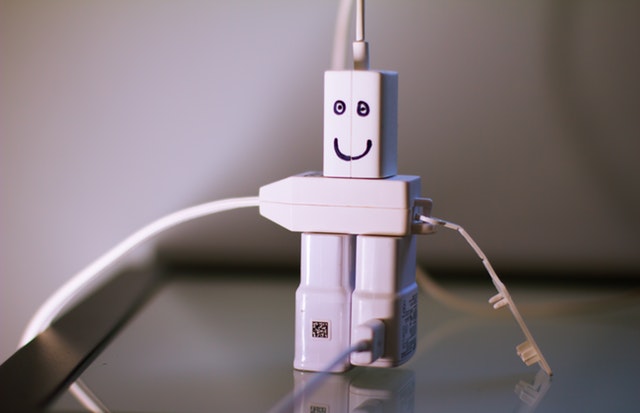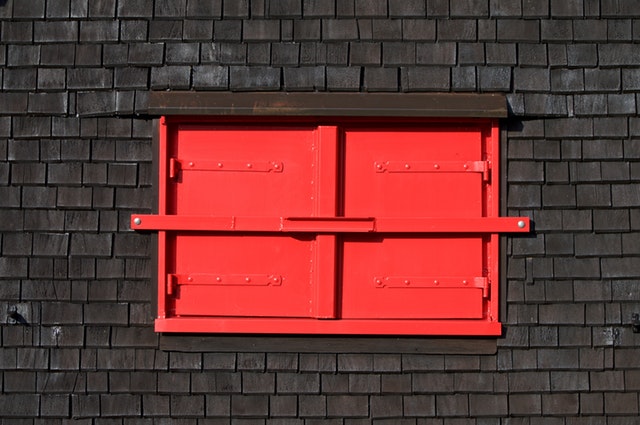The Basic Home Security Checklist Every Home Needs
 Did you realize that only around 17 percent of the homes in the United States have a security system? Leaving your residence unprotected can come back to haunt you in the future.
Did you realize that only around 17 percent of the homes in the United States have a security system? Leaving your residence unprotected can come back to haunt you in the future.
The longer you wait to find and fix security problems, the harder you will find it to keep your family safe. Taking the time to inspect your home is a great way to see where security problems exist. With the help of the checklist in this article, you can secure your home and keep burglars at bay.
Check Your Existing Security Alarm
If your home does have a security alarm, you need to make sure it has all of the latest features and updates. Some homeowners think that a security alarm is something they can set and forget.
One of the main things you need to make sure your alarm has is monitoring. With monitoring, you will be able to get the authorities to your home in a hurry in the event of a burglary.
The key to getting the right monitoring is working with the right security company. Before using a particular company, find out more about how they will monitor your home. Paying a bit more for high-quality monitoring will be worth it considering the safety it will add to your residence.
Check Your Windows and Doors
As you inspect your home, be sure to pay close attention to your doors and windows. Usually, these are the areas that a burglar will target when trying to break into a home. If the windows or doors are old and not working properly, it can put you and your family in a lot of danger.
This is why replacing damaged doors and windows is so important. You may also want to think about adding window alarms to your home. With these alarms in place, burglars will not stand a chance when trying to gain access to your residence. An experienced security company will have no problem installing these window alarms for an affordable price.
New Outdoor Lighting is a Good Idea
Another factor you should pay attention to when inspecting your home is the condition of the exterior lighting. If there is limited illumination on the outside of your home, you need to fix this immediately. Leaving the outside of a home dimly lit is like sending an invitation to burglars. This is why investing in high-quality landscape lighting is a good idea.
Things like motion-sensor lights can help you keep burglars away. Instead of trying to find and install these lights on your own, you need to hire professionals. They will be able to get the new lights in place in a hurry.
They can also help you choose the right places to put these lights.
A Great Investment
Instead of looking at additional home security as something you have to do, you need to view it as something you want to do. The money you invest in better home security will be worth it in the long run.

 Electricity plays an important role in your home. It helps keep you warm, allows you to cook meals, and brightens up the interior of your house. At the same time, electricity is a common hazard.
Electricity plays an important role in your home. It helps keep you warm, allows you to cook meals, and brightens up the interior of your house. At the same time, electricity is a common hazard. The recent total devastation of the Bahamas by hurricane Dorian reinforced the need for hurricane-proof homes in areas that are subject to this risk. Building codes have not kept up with the increasing severity of the weather.
The recent total devastation of the Bahamas by hurricane Dorian reinforced the need for hurricane-proof homes in areas that are subject to this risk. Building codes have not kept up with the increasing severity of the weather. It’s more likely that someone will incur an injury on moving day than on an ordinary day. The reason is that people are moving in ways that they don’t normally move, loads can be heavy, and accidents do happen. However, most injuries on moving day can be prevented by taking a few simple precautions.
It’s more likely that someone will incur an injury on moving day than on an ordinary day. The reason is that people are moving in ways that they don’t normally move, loads can be heavy, and accidents do happen. However, most injuries on moving day can be prevented by taking a few simple precautions.